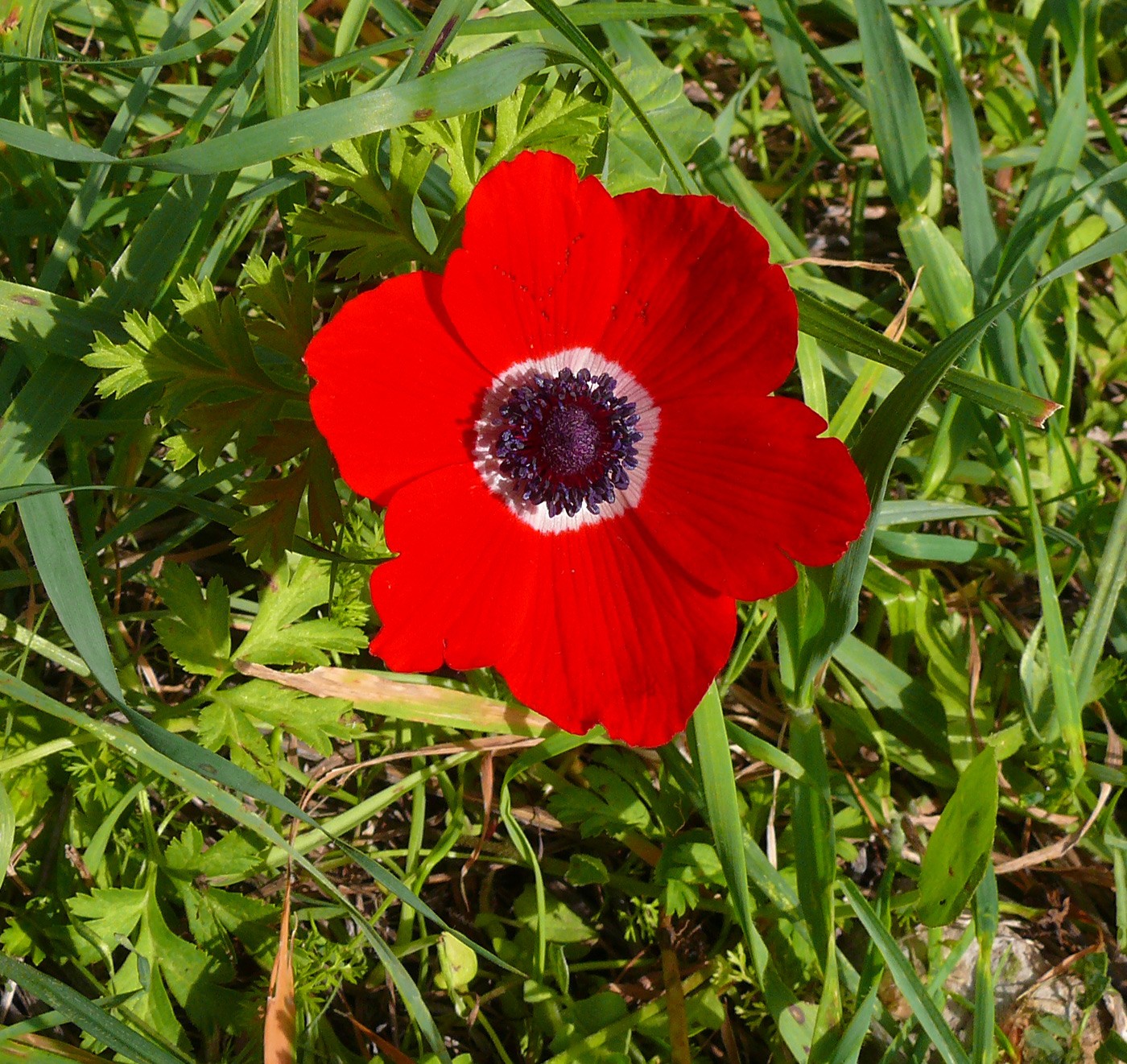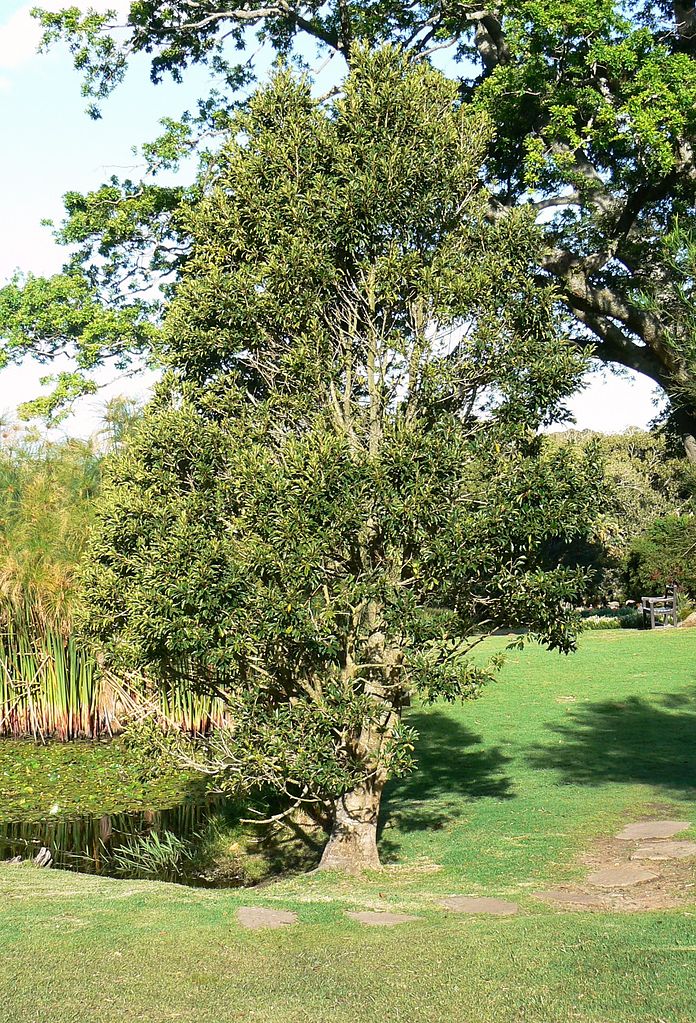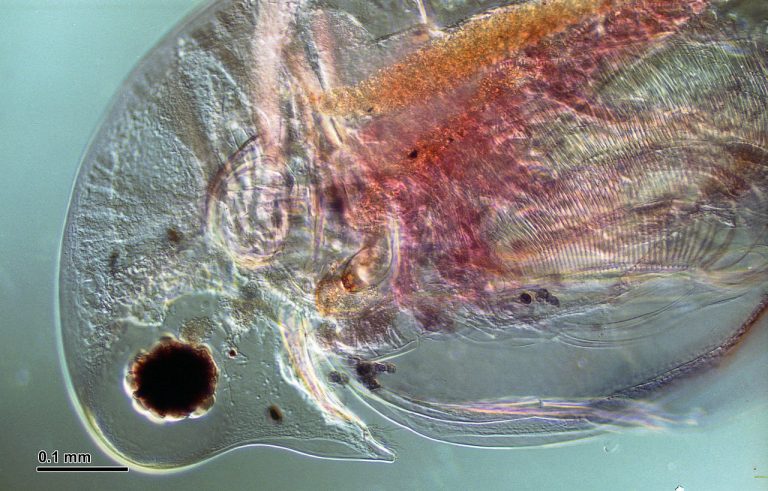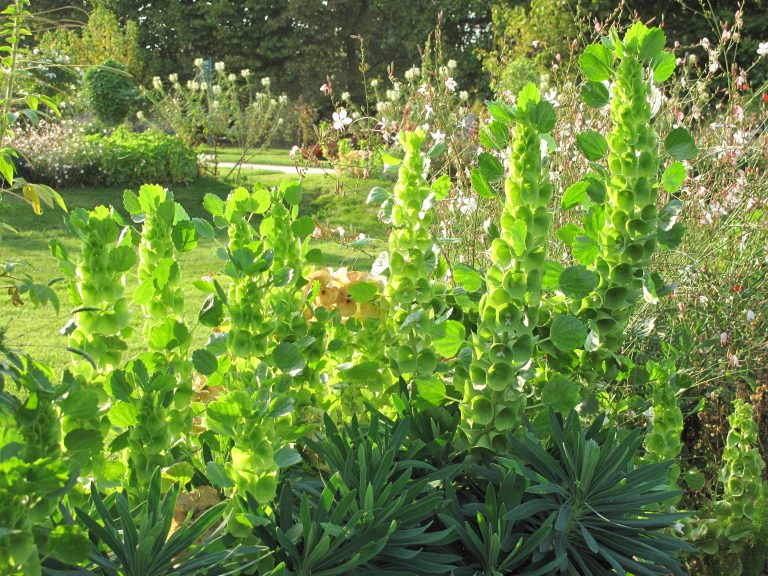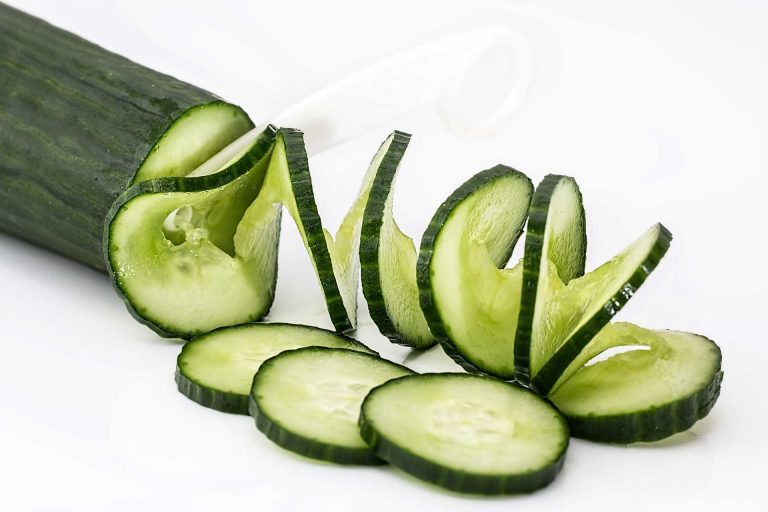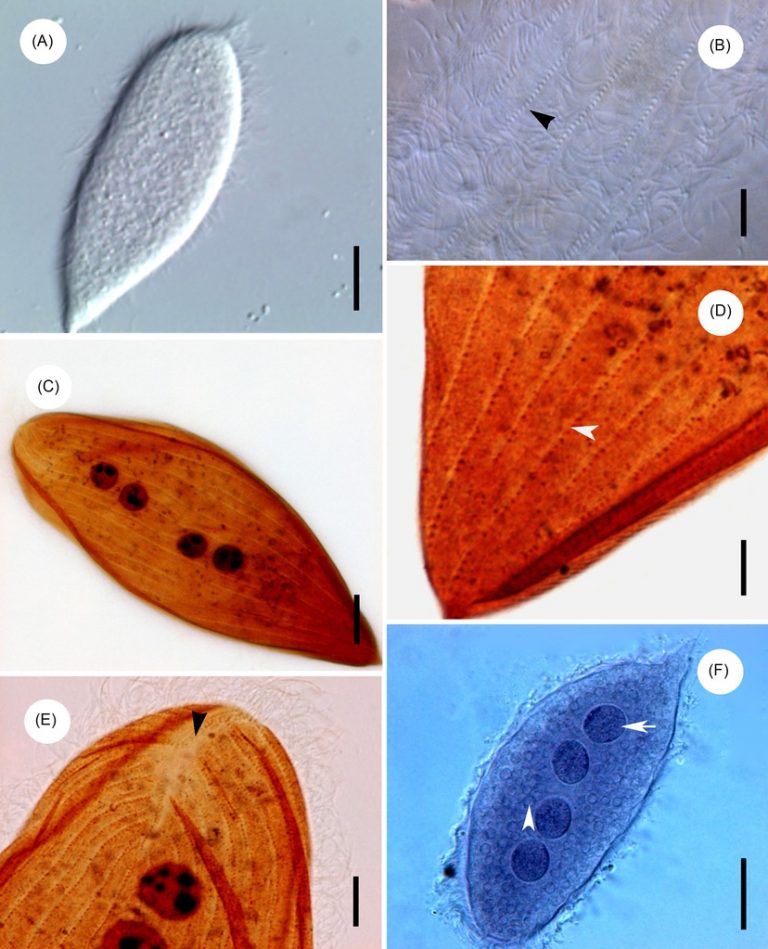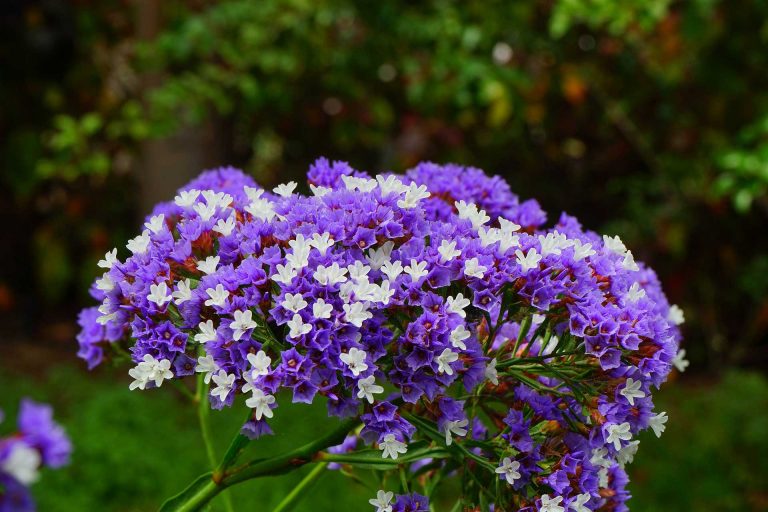Anemone Flowers – The Tears of Venus Crying Over Dead Adonis Body
Scientific Classification
| Kingdom: | Plantae |
| (unranked): | Angiosperms |
| (unranked): | Eudicots |
| Order: | Ranunculales |
| Family: | Ranunculaceae |
| Genus: | Anemone L |
| Type species: | Anemone coronaria L |
Anemone, a group of around 120 varieties of flowering plants belongs to the family Ranunculaeae, occupying the moderate regions. Because of its close similarity to to Hepatica and Pusatilla (‘Pasque flower’); many botanists treat them as belonging to the Anemone genera. According to one of the several Greek Myths surroundings this flower, the anemones were the tears of Venus crying over dead Adonis’ body.
Anatomy
Anemones survive from season to season. Their leaves develop from the bottom, on long leaf-stems that are flat or erect. Anemones have compound or simple leaves and the leaf blades are broad, divided or undivided. The edges of the leaves are either plane or saw like.
A single flower has 4 to 27 sepals, in convex clusters of 2 to 9 Anemone flowers, or springing from about the same point from the axis ( like umbrella ribs) over a gathering of leaves or a leaf bearing flower on its axis (sepal-like bracts) that may have a variety of colors. Pistils contain an ovule. Flowers contain nectarines. You cannot find petals in most of these varieties.
How to cultivate domestically
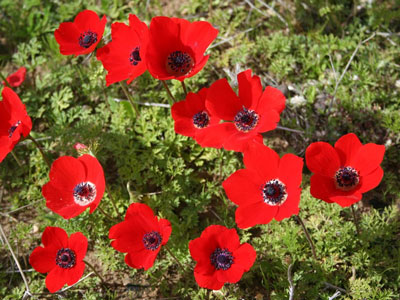
Photo by: Golf Bravo
Preparation for planting
It is advantageous to the Anemone bulbs when you soak them prior to planting, so that they are ready to grow. Ahead of gardening, soak your Anemone bulbs overnight or for a period of 2 to 4 hours in in a tiny bowl with water. This encourages them to grow and sprout quicker with a cluster of roots in the beginning of autumn.
Placement and Watering
Plant your Anemone in a place where water drains well or improve the soil by mixing organic matter so as to raise the level by 2 to 3” to facilitate drainage. The common manure includes compost, peat moss, decomposed manure or ground bark. Any of these will do. Look for an environment with partially or fully available sunlight.
Planting
- For awakening them, immerse the bulbs in lukewarm water for some time. Use this time to design the layout for planting, and get the soil ready.
- Prepare the holes and plant the Anemones 1 to 2 “deep. Irrespective of the way you position the bulbs, they grow right.
- Once you plant the Anemones, pour sufficient water with care. Soak the soil around the bulbs. In autumn the roots develop.
- The Anemone Flowers and bulbs develop during spring.
- Once it starts blossoming, do not hesitate to cut the Anemones for your bouquets; it does not harm the plants
After Bloom Care
- Once the blooming is over, retain the leaves where they are, do not remove them. The foliage collects sunlight, manufacture food by photosynthesis and gives strength to the bulbs for the future. In the lively growth period, provide sufficient water; a quantity of approximately 1” moisture is good.
- At the close of summer, the leaves turn yellow and fade, as the plants trip to hibernation. This is the time to remove the leaves. The Anemone flowers take a vacation for a few months prior to the commencement of the subsequent budding cycle.

Having discovered a fondness for insects while pursuing her degree in Biology, Randi Jones was quite bugged to know that people usually dismissed these little creatures as “creepy-crawlies”.

